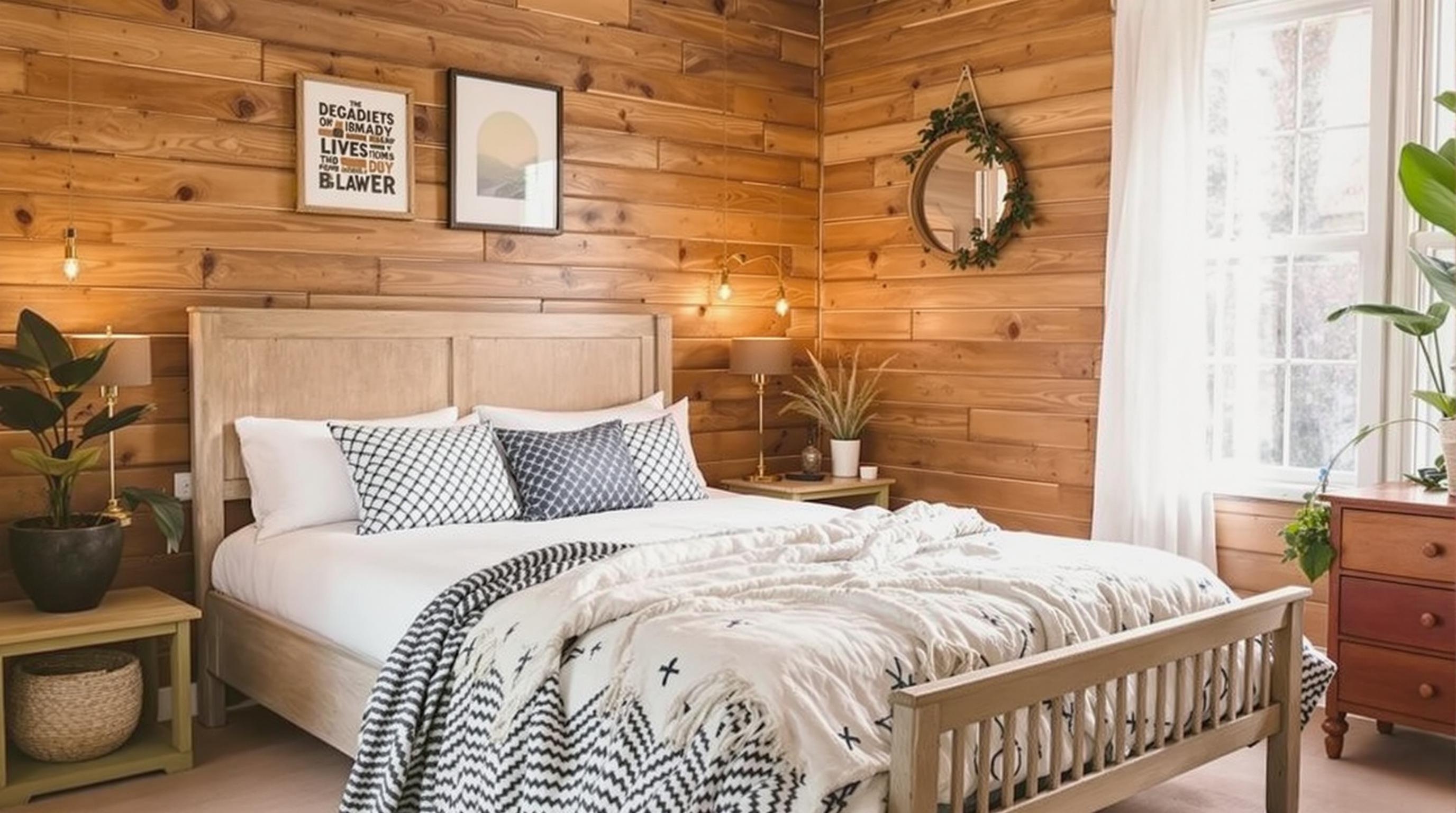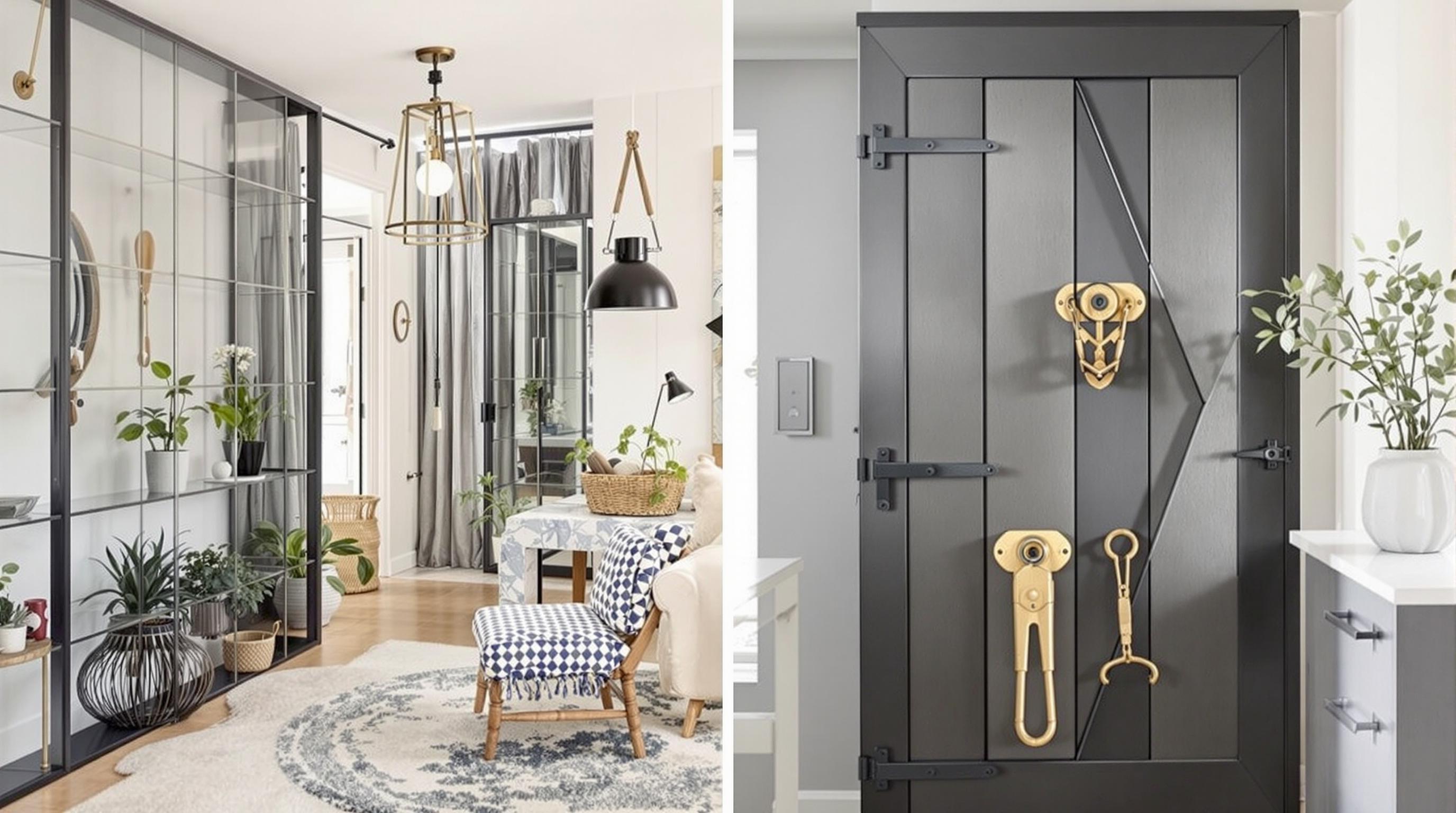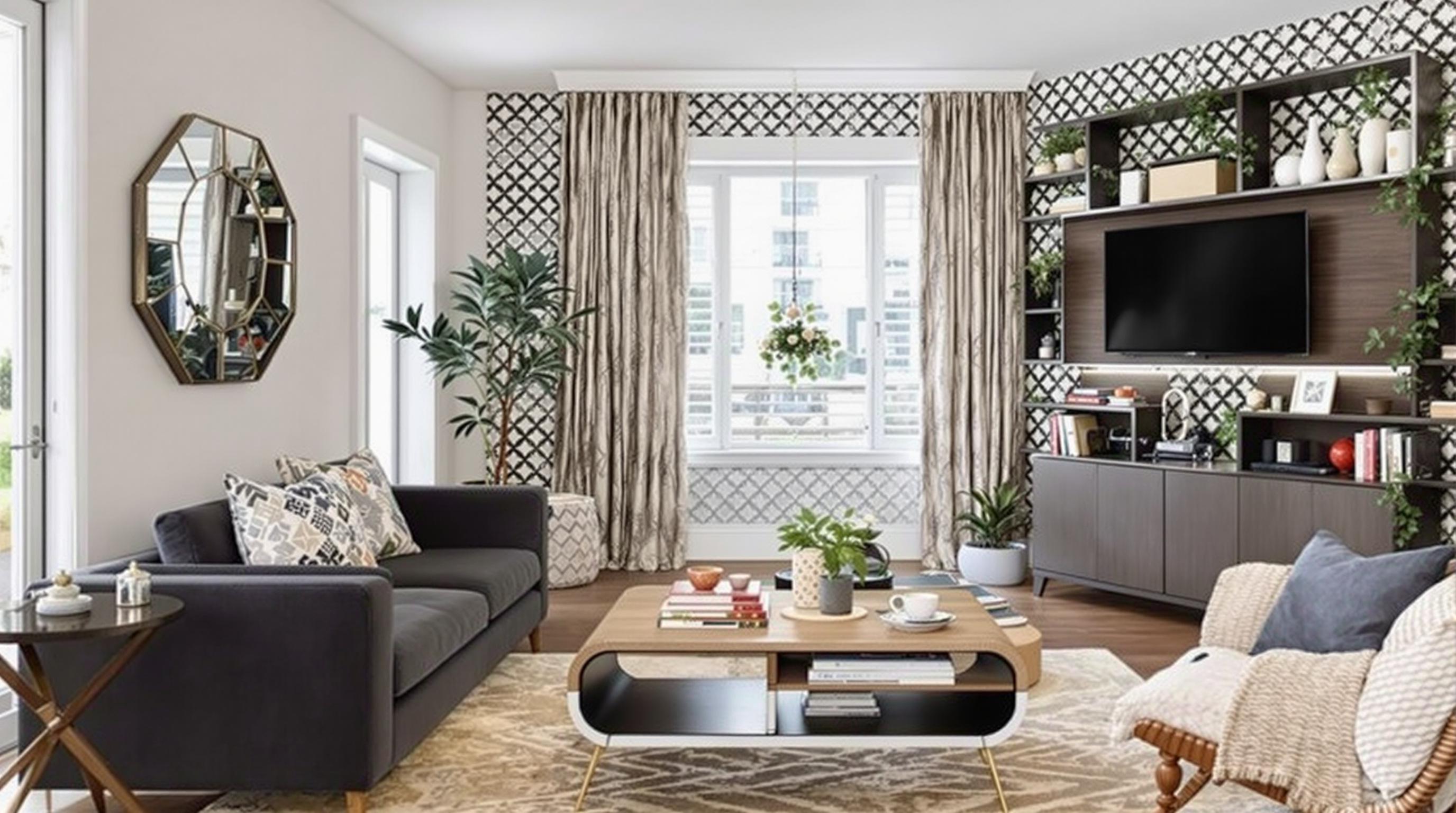Related Articles
- The Hidden Influence of Ergonomics: How Tool Design Shapes Our Physical Spaces and Daily Lives
- The Silent Influence: How Hidden Home Implements Shape Our Daily Routines and Spaces
- The Counterintuitive Role of Chaos: How Messy Tool Storage Can Lead to Unexpected Home Innovations
- Exploring the Unseen: How Audio Experiences Shape the Art of Domestic Spaces and Color Perception
- Rethinking the Mundane: How Everyday Objects are Becoming the Canvas for Modern Artistic Expression in Home Spaces
- Cultivating Chaos: The Surprising Benefits of Embracing Weeds in Your Garden Ecosystem
8 Essential DIY Renovation Techniques to Maximize Your Home's Value and Attract Potential Buyers with Lasting Appeal
8 Essential DIY Renovation Techniques to Maximize Your Home's Value and Attract Potential Buyers with Lasting Appeal
8 Essential DIY Renovation Techniques to Maximize Your Home's Value and Attract Potential Buyers with Lasting Appeal
1. Fresh Paint: The Power of Color
One of the simplest and most cost-effective ways to rejuvenate your home is by applying a fresh coat of paint. Neutral colors such as beige, gray, or soft whites appeal to a broader range of potential buyers, allowing them to envision their own style in the space. A well-painted home sends a message of maintenance and care.
Keep in mind that kitchen and bathroom walls often benefit from a semi-gloss finish, providing durability against moisture and making cleaning easier. This practical choice enhances the overall aesthetic while standing up to everyday wear and tear.
According to a study by Zillow, homes with freshly painted interiors can sell for an average of $4,000 more than similar homes without new paint. Thus, investing some time and effort into painting can yield significant returns.
2. Landscaping for Curb Appeal
The exterior of your home makes the first impression on potential buyers, making landscaping a crucial DIY renovation technique. Simple tasks such as mowing the lawn, trimming hedges, and planting colorful flowers can dramatically enhance curb appeal. A well-kept yard suggests that the home itself is maintained.
Consider adding low-maintenance plants, which appeal to a growing number of environmentally conscious buyers looking for sustainable yet attractive landscaping solutions. Features such as mulch or decorative stones can add texture and depth to your garden beds.
In fact, a National Association of Realtors report indicates that well-designed landscaping can increase property values by anywhere from 5% to 12%. This demonstrates that the effort put into landscaping is not just aesthetic but also financial.
3. Kitchen Upgrades: Modernizing the Heart of the Home
The kitchen is often considered the heart of the home, making it a critical area to focus renovation efforts. DIY projects such as replacing cabinet hardware, painting cabinets, or upgrading countertops can create a modern and inviting atmosphere. Even small changes can lead to substantial refinements in the space.
Upgrading appliances to energy-efficient models not only modernizes the kitchen but may also appeal to buyers looking for eco-friendly solutions. This includes features such as smart refrigerators and energy-efficient ovens that can help save costs over time.
A survey from Remodeling Magazine reveals that minor kitchen remodels can recoup over 80% of their cost upon resale. This emphasizes the kitchen's potential for adding significant value to your home.
4. Bathroom Improvements: Small Changes, Big Impact
Bathrooms can make or break a sale, making improvements here particularly beneficial. Simple upgrades like new faucets, updating lighting fixtures, and replacing old tiles can significantly modernize the space without requiring extensive renovations.
Consider adding storage solutions, such as shelving or cabinet organization systems, which appeal to practical buyers. Ensuring that the bathroom feels spacious and organized can enhance buyer approval.
Research conducted by the National Association of Home Builders shows that bathroom remodels can yield returns of 70% to 80%. This statistic underscores the importance of small bathroom upgrades in appealing to potential buyers.
5. Energy Efficiency: Green Home Improvements
With growing environmental awareness, energy-efficient upgrades have become essential in home renovations. Simple projects such as installing energy-efficient windows, insulation, or smart thermostats can attract eco-conscious buyers who prioritize sustainability.
Additionally, consider adding solar panels, which can significantly reduce utility costs and increase the home's value. Potential buyers may appreciate the long-term savings associated with these upgrades and may be willing to pay a premium for them.
According to the U.S. Department of Energy, homes with energy-efficient features can sell for 3% to 5% more than comparable homes. This fact highlights how investing in energy efficiency can maximize your home's overall value.
6. Lighting: Setting the Right Ambiance
Good lighting can transform a space, creating an inviting atmosphere that attracts potential buyers. Replace outdated fixtures with modern, stylish options to enhance the aesthetic appeal. Consider energy-efficient LED bulbs for cost-effectiveness and improved functionality.
Make use of natural light by maximizing window treatments. Light, airy curtains can allow more light while providing privacy, making spaces feel larger and more welcoming.
In fact, well-lit homes are often seen as more cheerful and spacious. A study from the National Association of Realtors found that good lighting can increase the likelihood of selling a home faster. Investing in lighting can thus be an effective strategy when preparing a house for sale.
7. Open Floor Plans: Improving Flow
Open floor plans are highly sought after in modern home design, promoting an airy and spacious environment. If feasible, consider minor structural changes such as removing non-load-bearing walls to create a more open and flowing layout. Such changes can help modernize an older home significantly.
Consult with professionals to ensure that any changes will not compromise structural integrity. If an extensive remodel is beyond your budget, consider simple design tweaks or strategic furniture arrangements to improve flow.
According to a survey from the National Association of Realtors, open floor plans are among the top features buyers seek. Enhancing your home's layout to appeal to this preference can be a savvy investment.
8. Finishing Touches: The Importance of Staging
Once renovations are complete, don’t underestimate the power of staging your home. This involves arranging furniture and décor to highlight the home's best features while creating a welcoming and neutral space for potential buyers.
Remove any clutter or personal items to help buyers envision themselves living in the space. Minor adjustments, such as rearranging furniture or adding stylish accents, can elevate a room’s appeal significantly.
Research has shown that staged homes can sell for 10% more than non-staged homes, making this final step a crucial part of the renovation process. An inviting and beautifully presented home can make all the difference when attracting potential buyers.




